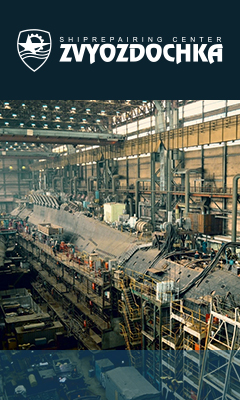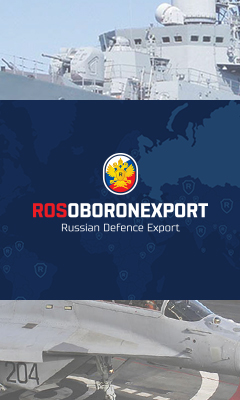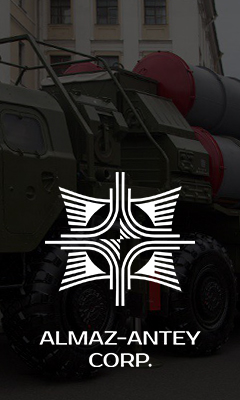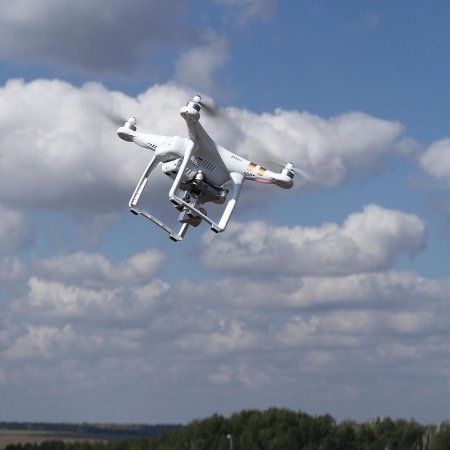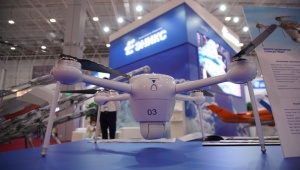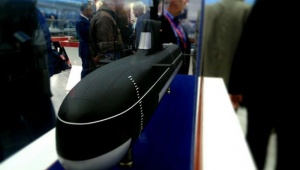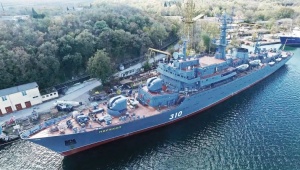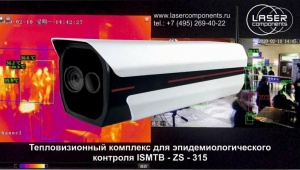The First Element technical contest will open in April, and the prototypes will undergo qualification tests in the coming fall. The final is scheduled in December 2018. The contest is sponsored by Russian Venture Company (RVC), Agency for Strategic Initiatives (ASI), and Skolkovo Foundation. The contest events will take place on the AeroNet National Technical Initiative's platform.
The sponsors themselves present the flying platform, multicopters. What the participants need is to design a hydrogen-fueled engine power supply system not heavier than 7 kg, overcoming a storage density technology barrier of 700 W*h/kg. The sponsors foresee the designers would achieve the value of 1,300 W*h/kg. If so, the flight of an unmanned aerial vehicle (UAV) would last at least three hours. Creators of the most compact and energy-intensive powerplant will win the contest. The prize fund is 60 mln rubles (about 1 mln USD).
"As of today, there are four or five manufacturers potentially capable to attend the contest", Yury Dobrovolsky, one of the event’s sponsors heading the laboratory at the Institute for Chemical Physics of the Russian Academy of Sciences told Mil.Press Today. "Most significant is that this is a fully open competition. We’re to engage the maximum amount of manufacturers. The training is also included in the contest, and this will contribute to the technical progress", he added.
The competitors will face a sophisticated task to design powerplants based on hydrogen fuel cells comparable with the traditional energy sources in terms of effectiveness. Having energy intensiveness similar to the internal combustion engines’ one, such power source will substitute the standard batteries currently used in the small-size UAVs. Moreover, the powerplant of this kind will not have such negative properties as noise and vibration. This technology is on the great demand in the Russian armed forces. As was reported earlier, the Russian military will obtain multicopters powered by fuel cells.
"We're focused on this very interesting and promising technology. The hydrogen powerplants offer new opportunities for the drones. However, using of hydrogen-air cells powered by LNG entails a number of technical issues. Recharging hydrogen needs a special infrastructure that is hard to be deployed in remote regions", said Maksim Shinkevich, director at the Unmanned Systems Group. "We plan to equip our drones with ‘dry’ cells based on metal-compounded hydrogen. Now we’re reviewing several offers and plan to implement the project in the nearest months. Such power source works much longer than lithium-ion cells, but costs more as well. Particularly, this is due to small production series. Hopefully, with the technology development and wider spread of such cells, their price would drop", concluded the expert.
The First Element contest is divided into two sections, Air and Surface. Contesters of the first one will design powerplants for light UAVs, and the second one – for electric cars.
This is not the only one technical contest aimed at overcoming of technology barriers and launched within the National Technical Initiative. The AutoNet gave rise to another competition named Winter City. The participants are tasked to teach an unmanned car moving in the winter conditions when the traffic marks are covered with snow and the roads are hardly visible.
Arranging of a contest in marine robotics is being discussed in MariNet as well.
Designers of Hydrogen Fuel Cells Try to Overcome the $1 mln Technology Barrier
The breakthrough in improvement of hydrogen powerplants for drones is to be done by participants of the First Element contest starting in April 2018 sponsored by the AeroNet National Technical Initiative. A designer whose multicopter stays in the air at least 3 hours will win, the event’s sponsors told Mil.Press Today.










